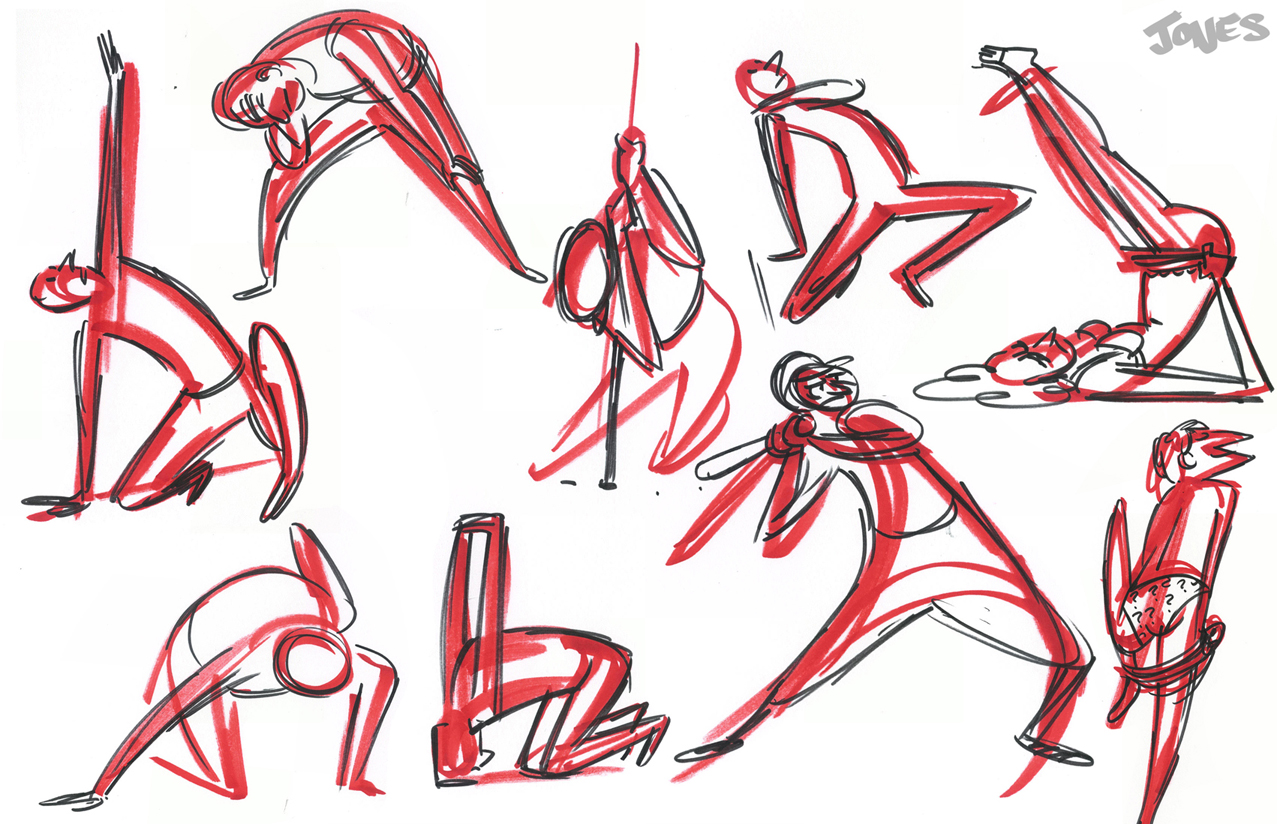The concept of a "line of action" extends beyond the traditional definitions found in various disciplines. It embodies the core essence of motion, intention, and direction in artistic and narrative expressions. Whether one is an artist sketching a dynamic pose, a storyteller crafting a compelling narrative, or a filmmaker choreographing a scene, the line of action serves as a guide that enhances the flow and impact of the work. It provides a framework that connects the viewer or audience emotionally and intellectually to the creative piece.
In the realm of visual arts, the line of action often refers to the imaginary line that dictates the movement and energy of a figure or a composition. This concept can also be applied in writing and film, where it represents the directional force driving the story forward. By understanding the line of action, creators can infuse their work with vitality and coherence, ensuring that each element resonates with the intended message.
The line of action is not just a technical detail; it is an essential component that can elevate a work from ordinary to extraordinary. Artists and storytellers who grasp this concept can create more engaging and meaningful experiences for their audiences. In this article, we will delve deeper into what the line of action is, its significance in various creative fields, and how to effectively implement it in your own work.
What is the Line of Action?
The line of action represents the path of movement that a figure or object follows in a composition. It is an invisible line that guides the viewer’s eye and helps to convey the sense of motion and emotion in a scene. By establishing a clear line of action, artists can create dynamic poses that feel alive and engaging.
How Does the Line of Action Affect Composition?
The line of action plays a crucial role in the overall composition of a piece. It helps to create balance and harmony, drawing the viewer's attention to the key elements of the work. When a line of action is effectively utilized, it can lead the eye through the artwork, enhancing the storytelling aspect.
Can the Line of Action Enhance Storytelling?
Absolutely! In storytelling, the line of action helps to define the protagonist's journey and emotional arc. By identifying the central conflict and the character's motivations, writers can establish a line of action that propels the narrative forward, ensuring that every scene contributes to the overall story.
How to Identify the Line of Action in Your Work?
Identifying the line of action in your work involves looking for the main direction of movement or intent. Here are some steps to help you pinpoint it:
- Analyze the primary subject of your work and its intended movement.
- Look for the emotional tone you want to convey.
- Sketch or outline the path that your subject takes through the composition.
What Are the Benefits of Using the Line of Action?
Utilizing the line of action provides several advantages, including:
- Enhanced Clarity: It allows the audience to understand the direction and purpose of the piece.
- Increased Engagement: A strong line of action captures the viewer's attention and keeps them interested.
- Emotional Impact: It helps convey the emotion and energy of the scene effectively.
Who Are Some Notable Figures That Utilize the Line of Action?
Several artists and filmmakers have effectively implemented the line of action in their work. For example, renowned animator Walt Disney is known for creating dynamic animations that capture movement and energy. Similarly, filmmakers like Quentin Tarantino often use the line of action to drive their narratives forward, ensuring that each scene is impactful.
Can You Create a Line of Action in Writing?
Yes, the line of action can be effectively created in writing by focusing on the pacing and structure of the narrative. Here are some tips:
- Establish clear goals for your characters.
- Create obstacles that challenge their progress.
- Ensure that each scene transitions smoothly to the next, maintaining momentum.
Conclusion: Mastering the Line of Action
Incorporating the line of action into your creative process can significantly enhance the quality of your work. Whether you are an artist, writer, or filmmaker, understanding this concept allows you to create more compelling and dynamic pieces. By paying attention to the line of action, you can ensure that your audience remains engaged and connected to the essence of your creation.



